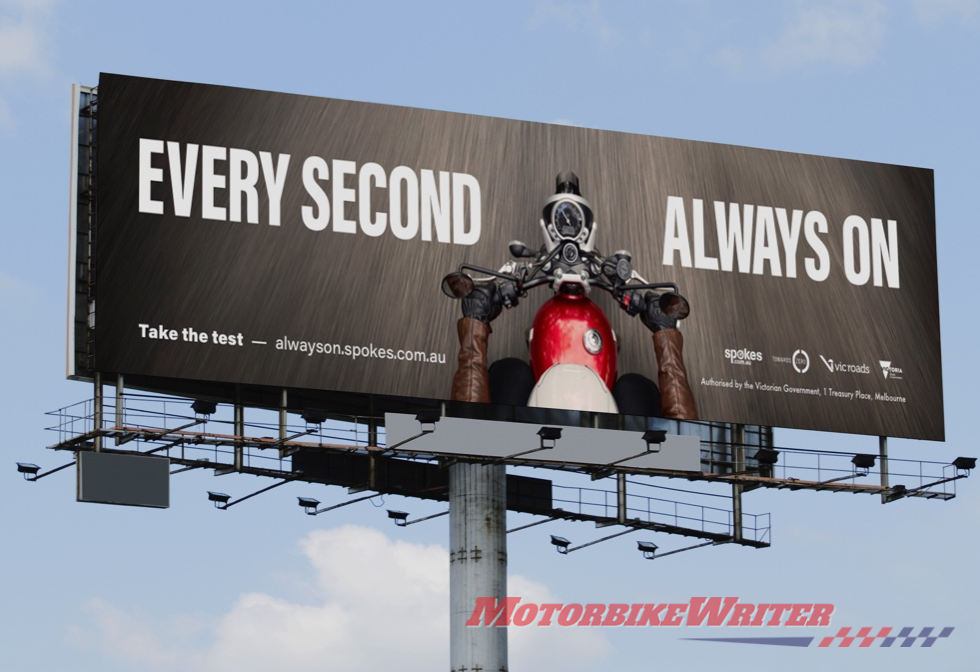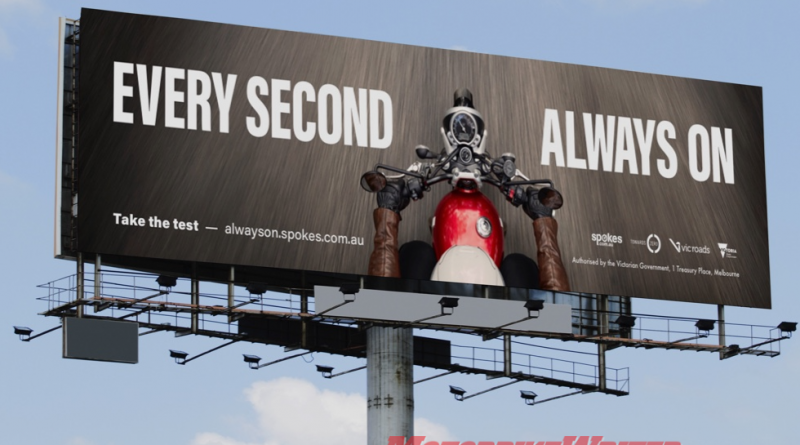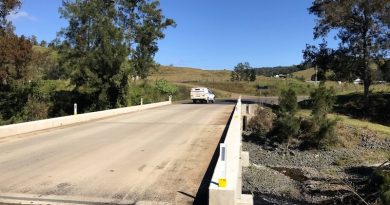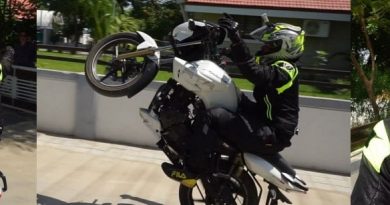Shock road safety videos counter-productive
If authorities want young motorcyclists to ride safer, they should cease scare-tactic ads and employ young riders to deliver positive messages about road safety.
These are among the interesting findings from a study by Dr Yaniv Hanoch, associate professor of risk management at the University of Southampton published in Science Direct.
It says shock ads that show road carnage have little effect that also only lasts for a short time.
Instead, perhaps we should be enlisting someone like two-time MotoGP and former Young Australian of the Year Casey Stoner to front their road safety ad campaigns to young riders.
Dr Hanoch’s study found that adult-led and the peer-led educational road safety intervention were both effective, but higher preference should be given to peer-led road safety education.
Over recent years, Australian road safety campaigns aimed at riders have become much educational and less about shock.
They could be even more effective if delivered by someone like Casey or perhaps two-time Dakar Rally champion Toby Price who is currently battling in Saudi Arabia for his third title.
Dr Hanoch tested 800 students aged 16–20 with questionnaires before and after peer-led and expert-led road safety educational events.
His data showed an improvement in attitudes towards risky driving behaviours immediately after the intervention and three months later. These changes were especially evident among females.
With regard to the follow-ups, both were effective in improving the attitudes towards risky driving. However, the peer-led event was preferred by the participants compared to the expert-led follow-up.
Dr Hanoch also studied the risk taking behaviour of 146 young drivers, but the results can also apply to young riders who have the highest proportion of road casualties and deaths of any age group.
He showed half of the group a positive road safety video while the other half saw a video aimed at instilling fear about crashing and then filled out a questionnaire about risk-taking on the road.
The second test, the Vienna Risk-Taking Test-Traffic, involved watching videos of situations where motorists had to make decisions about risk.
The study also tested whether watching the videos with a virtual reality headset made any difference.
The results show that positive videos decreased risky driving with an even greater effect in VR, while the fear film led to increased risk when shown in VR.
The post Shock road safety videos counter-productive appeared first on Motorbike Writer.



